Plight of the Plum Mitan farmers
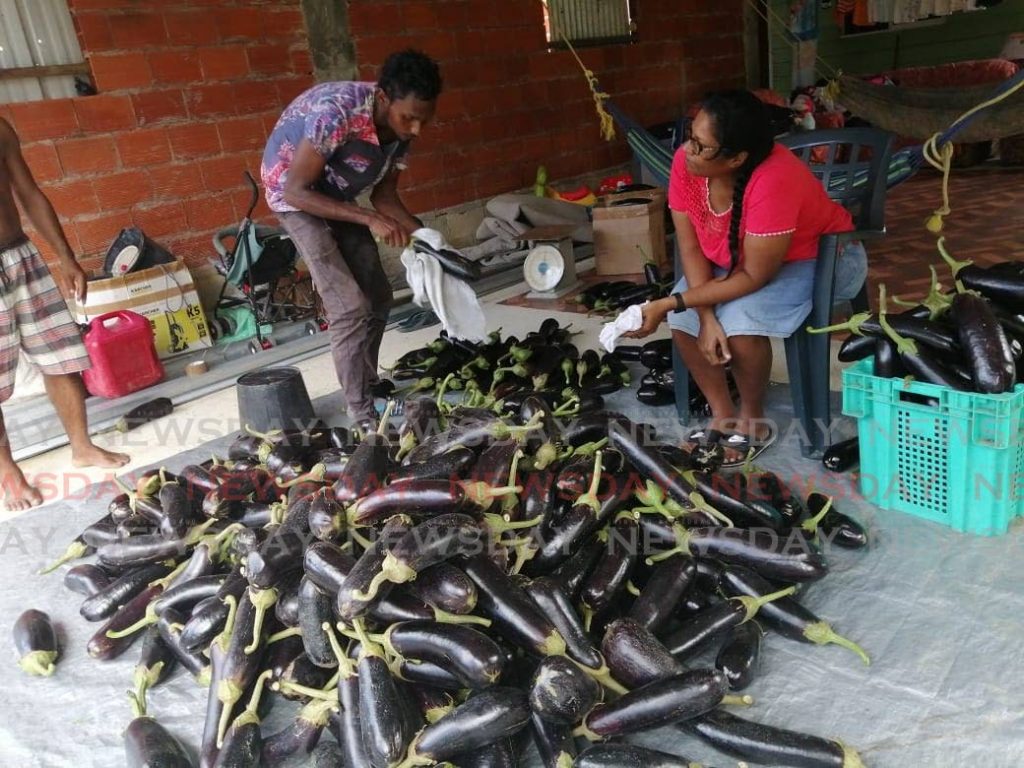
The hard-working farmers of the over 1,000-acre Plum Mitan lagoon, who have been labouring under the blistering sun and weeping when floods drown their crops, say they are encouraged by the words of the Prime Minister that agriculture would be one of pillars in his new administration.
Dr Rowley, at the swearing-in of his new Cabinet on August 19, said he appointed two ministers to the agriculture portfolio in an effort to woo new farmers and ensure that arable land is brought into the network of food production.
Rowley, a registered farmer who rears sheep and goat in Tobago, and released a video of his kitchen garden at his official residence in St Ann's in the height of the general election campaign, said his intention to prioritise agriculture was not to satisfy the cliché of diversification but to genuinely rejuvenate the land.
A representative group of Plum Mitan farmers took Sunday Newsday on a tour of the vast picturesque farmlands on Wednesday to highlight some of the major challenges they face and pleaded for the intervention of the Agriculture Minister, Clarence Rambharat, and the Minister in the Ministry of Agriculture, Avinash Singh.
The farmers said they not only have a long list of perennial complaints but were willing to offer workable suggestions to benefit all who eke a living in one of the most rewarding fields of enterprise.
Farmers like Shammie Deonanan, 50, one of the more outspoken in the group, said apart from the poor water management by the pump operators, lack of diesel to keep the pumps running, inadequate drainage and potholed roads, a greater effort must be made to encourage more people to seek employment in growing, picking and maintaining a variety of crops in what he described as the "food basket of the nation."
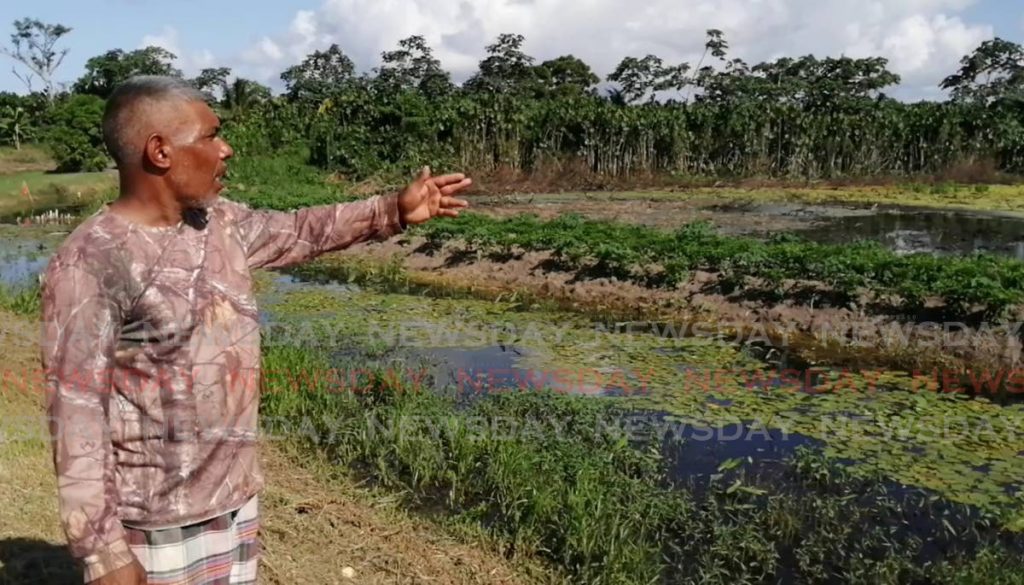
Deonanan, who had already harvested a pick-up load of melongene, stacked in crocus bags in the tray, took time off from his preparation to head to the Macoya wholesale market to speak to Sunday Newsday on Wednesday.
He pointed to an excavator parked near the pump station at block one saying the heavy equipment arrived in the lagoon days before the general election along with another parked at another location but were not in operation.
Deonanan said the water channels which surround the four massive blocks of swamp lands are stacked with silt and water courses which were once teeming with cascadura, guabine, coscorob, river conchs, rice land crabs and a variety of other wildlife were now barren.
Even the rare sighting of anacondas, which once snaked their way through the muddy channels, is now few and far between.
"We need diesel to keep the pumps in operation," he said, pointing to the towering equipment outside the pump house. Three of them looked like they were partly scrapped while none of the two replacement pumps were functional.
He pointed to a flooded field to the right of the pump station which once had a thriving crop of peppers, paw paw and cucumbers. He said the farmer for that field spent over $70,000 to prepare the land and "look at the height of water there."
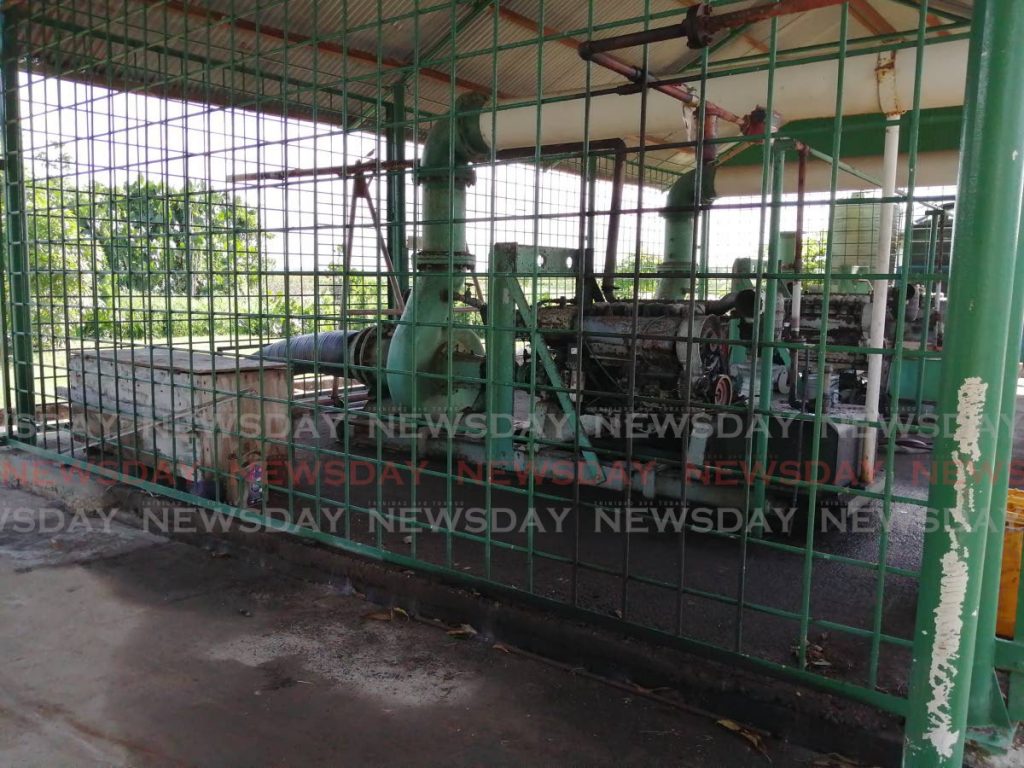
Asked if he was encouraged or benefited in any way from the government's agriculture incentives over the last five years, Deonanan said while Rowley had spoken often about the sector there was little action to support his words.
He claimed Rowley only sweet-talked farmers to get back in power and scoffed at the policy measures implemented over the last five years.
Deonanan said at least 40 per cent of the farmers in the lagoon were willing to come together to work as a group to bring more food to the nation's table and help reduce the staggering billion dollar food import bill.
He also complained about the facilities at the Macoya wholesale market where often farmers do not have sufficient place to park to sell their goods and are at the mercy of the "middle-men."
"I am opening an invitation to the Minister of Agriculture, his assistant and the Prime Minister to come to the Plum Mitan lagoon to see first hand the problems being faced by the farmers," Deonanan said.
Another farmer Ramcharan Ragoonanan, 60, who has been planting the fields in Plum Mitan for 40 years, agreed that irrigation was one of the biggest challenges for the farmers.
"When there is heavy rainfall the pumps do not have the capacity to remove the volume of water and everything is flooded," he said.
Ragoonanan, who plants pimentos, plantains, shadon beni among other crops, said he has suffered devastating loses on many occasions during the rainy season and while he had submitted claims for compensation they were slow to be processed.
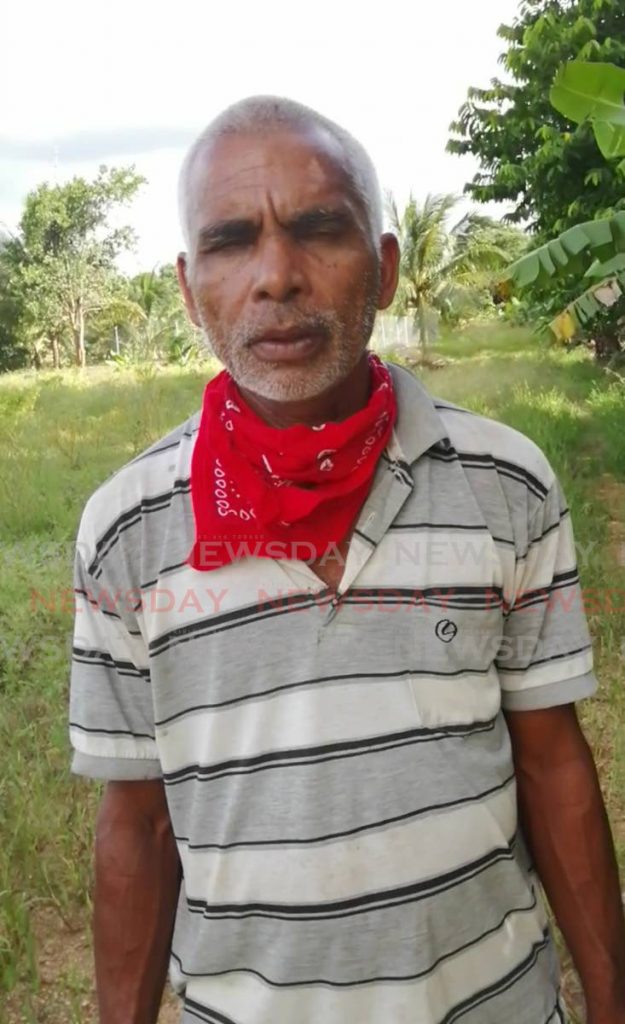
- DARREN BAHAW
He suggested that bigger pumps were needed to manage the volume of water and distribute it across the vast plains. He too said that the water channels needed to be dredged often so that excess water "can drain off into the sea."
Farmer Abdool Nalim complained about the exorbitant prices of chemicals to help keep pests off his crops of cauliflower, bodi, hot peppers and cucumbers. He suggested that the Government help subsidise the prices so he can be more successful.
He too has a claim seeking compensation for lost crops for the last five years.
Another farmer who spoke to Sunday Newsday, on the condition of anonymity fearing victimisation by the Ministry of Agriculture, claimed the pump operators, who are also major farmers, were favouring their own gardens to the detriment of other farmers.
He said a section of the farmlands, known as block three and referred to as the hatchery, should be flooded now to enrich the lands and help the growth and multiplication of fish, crab, conchs and other creatures of the swamp to rejuvenate but that was not the case.
In the dry season, he said, intake pumps were needed to distribute water to the varying fields and suggested that six inch or 12-inch mobile pumps could work then.
Rambharat told Sunday Newsday that he had no problem meeting with the farmers but noted that the issues they had raised were related to water management and said the director of engineering division, Ann Marie Dardaine, could respond.
Speaking during a telephone interview on Saturday, Dardaine said she will ask her deputy director to investigate the farmers' complaints.
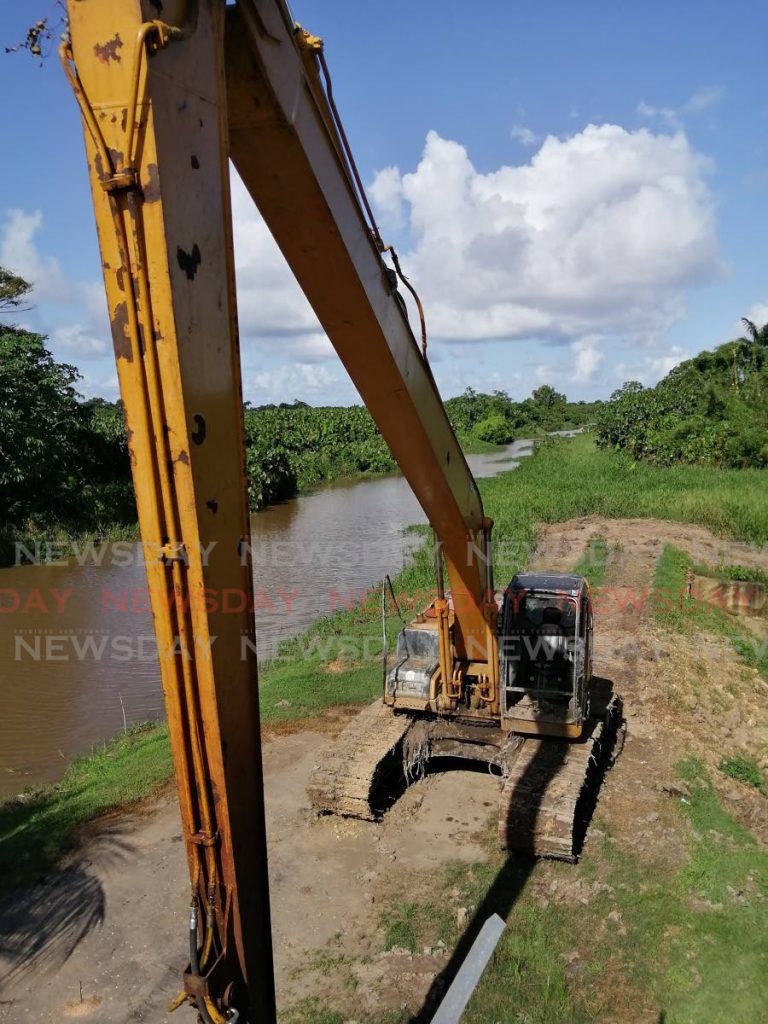
She admitted that the pumps were not working and was trying to rehabilitate the project to provide a better water supply for the farmers but had been stymied by the lack of adequate funding.
Dardaine said she intends to purchase two new pumps which are over one million each this year once funding is released. She said the particular area proved to be challenging as she had to balance the environmental concerns as the gardens are located the Nariva Swamp, a protected Ramsar site.
"Really and truly I have not only look at engineering solutions but to work with the farmers to find a solution," she said.
"I am hoping with the new thrust in agriculture I would get the kind of money that I would like to rehabilitate that project. I will put Plum Mitan as my priority project because I have argued that that area do not have any other industries," Dardaine said.


Comments
"Plight of the Plum Mitan farmers"